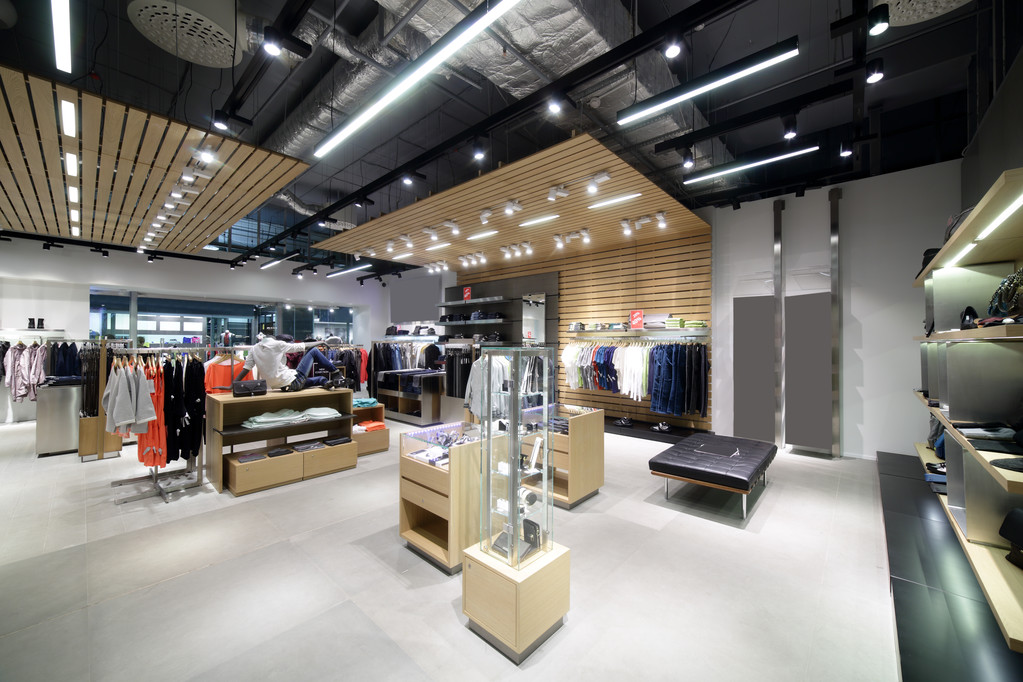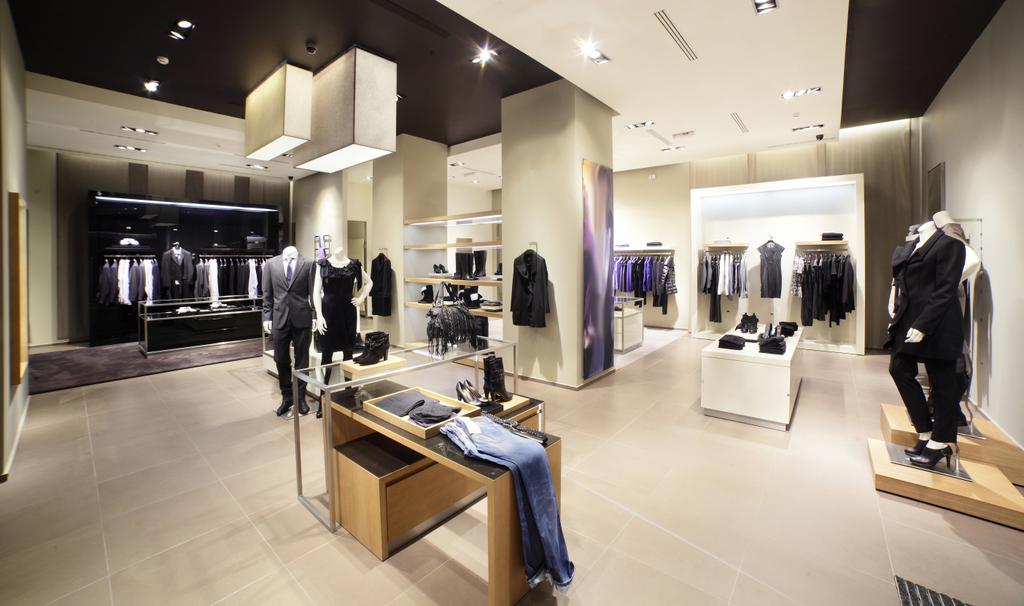When it comes to the design and layout of retail spaces, every detail matters. From the lighting to the arrangement of shelves, each element plays a crucial role in shaping the customer experience. One often underestimated but highly influential aspect of retail design is flooring. Proper flooring can significantly impact buyer behavior in retail spaces, affecting everything from the time customers spend in the store to their overall satisfaction and willingness to make a purchase. In this blog, we will delve into how the choice of flooring materials, colors, and textures can shape buyer behavior in retail settings.
Creating a Welcoming Atmosphere
The first impression is vital in retail, and the floor is one of the first things customers notice when they enter a store. Properly chosen flooring can help create a welcoming and inviting atmosphere that encourages shoppers to explore further. For instance, warm and natural materials like hardwood or bamboo can evoke a sense of comfort and elegance. In contrast, cold and industrial materials like concrete may convey a more modern and minimalist feel.
Retailers often use carpeting in areas where they want customers to linger, such as in seating areas or near product displays. The softness and warmth of carpet can make shoppers feel comfortable, encouraging them to stay longer and engage with the products on display.
Guiding Customer Flow
Effective floor design can also help guide customer flow through the store. For instance, using different flooring materials or patterns to create pathways or zones can direct customers to specific areas or products. This can be particularly useful in large retail spaces or department stores where it’s essential to ensure that customers don’t get overwhelmed or lost.
Using contrasting flooring materials or colors for main walkways and secondary areas can subtly encourage customers to follow a certain path. This can help retailers strategically position high-margin or seasonal items along these pathways, increasing the chances of impulse purchases.
Enhancing Product Presentation
Proper flooring choices can enhance the presentation of products. For instance, luxury brands often opt for high-quality materials like marble or polished stone in their stores to convey a sense of opulence and exclusivity. On the other hand, a sportswear store might choose rubber or vinyl flooring to complement the active lifestyle theme.
Flooring can also be used to highlight specific products or promotions. Installing eye-catching or patterned flooring in designated display areas can draw customers’ attention to featured products, driving sales and boosting overall store revenue.
Comfort and Safety
Comfort and safety are crucial factors that influence buyer behavior in retail spaces. Hard and uncomfortable flooring can quickly deter customers, leading them to leave the store without making a purchase. Conversely, flooring that is too slippery or poorly maintained can pose safety risks and deter shoppers.
Retailers need to strike a balance between aesthetics and practicality. For instance, non-slip flooring options are essential in areas prone to spills, such as grocery stores or restaurants. Additionally, cushioned flooring materials in fitting rooms can enhance the shopping experience, making customers more likely to try on and purchase items.
Brand Identity and Consistency
The choice of flooring can also reinforce a retailer’s brand identity and create a consistent image across all store locations. For example, a natural wood or bamboo flooring might align with a brand’s commitment to sustainability and eco-friendliness. Alternatively, a high-end fashion retailer might use plush carpeting to convey luxury and sophistication.
Consistency in flooring design and materials across multiple store locations can help customers recognize and connect with a brand, building loyalty over time. It also ensures that the retailer’s identity is clear and consistent, even if store layouts or sizes vary.
Emotional Impact
Flooring can evoke emotional responses from customers, which can influence their buying decisions. For instance, a store with soft, plush carpeting may make shoppers feel relaxed and at ease, which can lead to longer browsing times and increased spending. On the other hand, a store with sleek, modern flooring may create a sense of energy and excitement, encouraging impulse buys.

In retail design, every detail matters, and proper flooring is no exception. The choice of flooring materials, colors, and textures can have a significant impact on buyer behavior in retail spaces. From creating a welcoming atmosphere to guiding customer flow, enhancing product presentation, ensuring comfort and safety, reinforcing brand identity, and evoking emotional responses, flooring plays a multifaceted role in shaping the customer experience.
Retailers who understand the influence of flooring on buyer behavior can use this knowledge to their advantage. By carefully selecting and maintaining the right flooring materials, retailers can create a shopping environment that not only attracts customers but also keeps them engaged, satisfied, and more likely to make a purchase. Ultimately, the right flooring choices can contribute to the success and profitability of a retail business.




